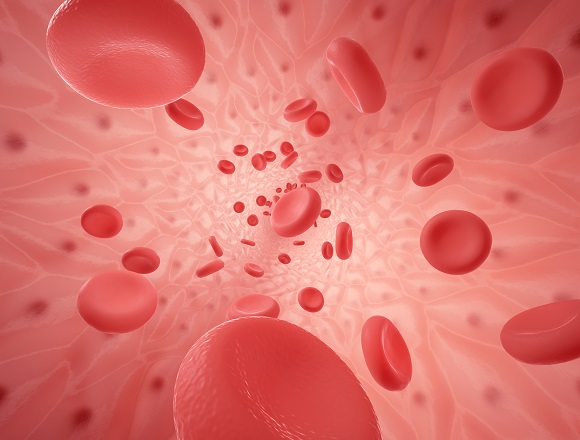Florence Roufosse, MD, is a professor of medicine, internist, and clinical immunologist at the Erasmus University Hospital in Brussels, Belgium. She has served as president of the International Eosinophil Society. She is involved in clinical trials investigating hypereosinophilic syndrome.
How to differentiate between hypereosinophilic syndrome (HES) and eosinophilic granulomatosis with polyangiitis (EGPA; formerly Churg-Strauss syndrome)?
I just participated in a pro-con debate on that very topic in Barcelona during the vasculitis workshop. It’s a very tricky question and it’s a very tricky situation. I think that we have to ask the question in a different way: is it important to be able to distinguish between these 2 disorders? And that’s related to: is the treatment different, are we going to manage patients differently? And if we are, yes, it’s really important to be able to distinguish them.
So far, as far as I’m concerned, I think the situation where you have to distinguish these 2 diseases because treatment options are going to vary is if you have evidence of vasculitis. EGPA is an antineutrophil cytoplasmic antibodies (ANCA)-associated vasculitis. These patients don’t all have ANCA, about one-third of patients only have ANCA, but despite that, some of these ANCA-negative patients do clearly have evidence for vasculitis. And if you have vasculitis, for sure, there are eosinophils that are infiltrating vessel walls, but it’s also a complex inflammatory disorder where you know that there are Th1 cells, Th17 cells, B cells that are producing autoantibodies, and so, you would not be comfortable just targeting eosinophils in this kind of patient.
There are ongoing clinical trials that are actually looking into first-line treatment of eosinophilic vasculitis in the setting of an EGPA presentation with eosinophil-targeted therapies. The results have not been published yet, they’re not known, but, so far, the important aspect is being able to determine, either by biopsy or by clinical surrogates for vasculitis, does my patient have vasculitis? Does he or she have asthma? Does he or she have sinonasal symptoms? If so, this is really a phenotype that is very, very consistent with EGPA, or formerly called Churg-Strauss syndrome. I think that should really require special attention in terms of the fact that it’s autoimmune in nature and treatment has to be immunosuppressive, initiation of treatment at least.
 English
English
 Español
Español
 українська
українська








